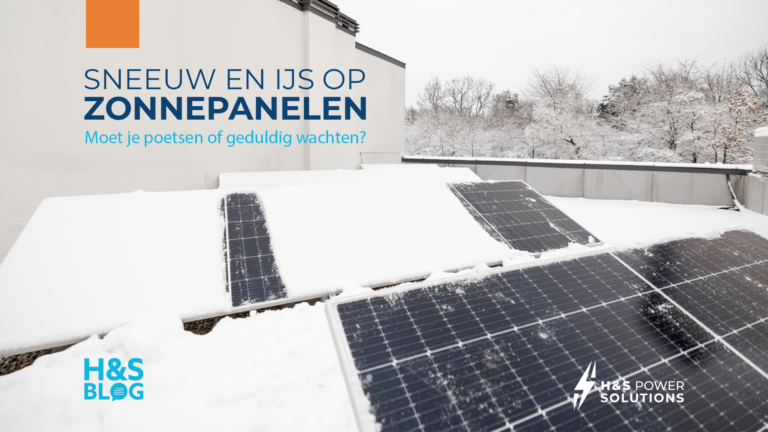The average household with solar panels uses only 30% of their own generated solar energy. But, by smartly adjusting your energy consumption, you can increase your self-consumption by a 7% – 10%. Solar panels produce the most power between 11 am and 3 pm. To increase your self-consumption, consume as much electricity as possible between these hours. Easier said than done of course. We’ll help you get started with some tips.
During winter months, self-consumption tends to be much higher than in summer. This is because between November and February your solar panels generate less energy and electricity consumption is higher compared to summer months. So you’re going to use your solar panels more in the winter. In the summer months, your solar panels generate more energy during the day, but then you actually need less energy, so a lot of energy is lost to the grid.
Getting insight into your solar panels
First, it is important to understand the energy production of your solar panels. On your app, the can accurately track consumption and so you can see at what time your solar panels generate the most. Typically, peak hours are between 11 a.m. and 3 p.m., but this can vary depending on how your solar panels are oriented. So check in your monitoring system when your solar panels are producing the most. But if you don’t have these on hand for a while, it’s no problem! You can also just take a look when the sun is shining outside and there are few clouds. Then you can count on your solar panels to be producing at that time.
Also read: Here’s how to get the most out of your solar panels
Tune your home appliances to your solar panels
Once you understand your energy production from your solar panels, you can try to adjust your household appliances accordingly. If you are home during the day, try running your washing machine or cooking dinner during the peak hours of your solar panels. Here is a list of the most energy-consuming household appliances:
- Washing machine
- Drying Cabinet
- Dishwasher
- Air conditioning
- Charging station
If you can set (some of) these devices to use at your peak hours, your self-consumption goes up. So try to keep your household appliances running throughout the day, charge your devices (smartphone, tablet, laptops) throughout the day. Because then you make use of your own free energy.
Extra tip: Also, pay attention to all devices that are in wake-up mode. All devices on standby together also consume a lot of energy. Your solar energy is lost to these devices, and that way you still risk taking a lot of mains power throughout the day. So choose which devices you want to keep in wake-up mode and with the rest it’s best to unplug the cable.
Heat during the day with electricity
This is perhaps the most impactful tip; match your HVAC system to your solar panels. If you have an air conditioner or electric water heater, it is best to have it heated throughout the day. Because you heat with electricity (and not gas) you can heat your home on solar energy.
Did you know: Heating is the biggest energy consumer in the home. Most of your energy consumption goes to heating rooms. But with an electric water heater or an air conditioning system, you heat your home partly on your own solar energy! And then your self-consumption goes up again.
The best tips to increase self-consumption listed:
- Get insight into the energy production of your solar panels so you know what the peak solar hours are.
- During the peak solar hours of your solar panels, run your large consumers (dishwasher, washing machine, etc.) and watch out for standby consumers as well.
- If you have the option to heat with electricity it is best to do so during peak sunlight hours as well.




